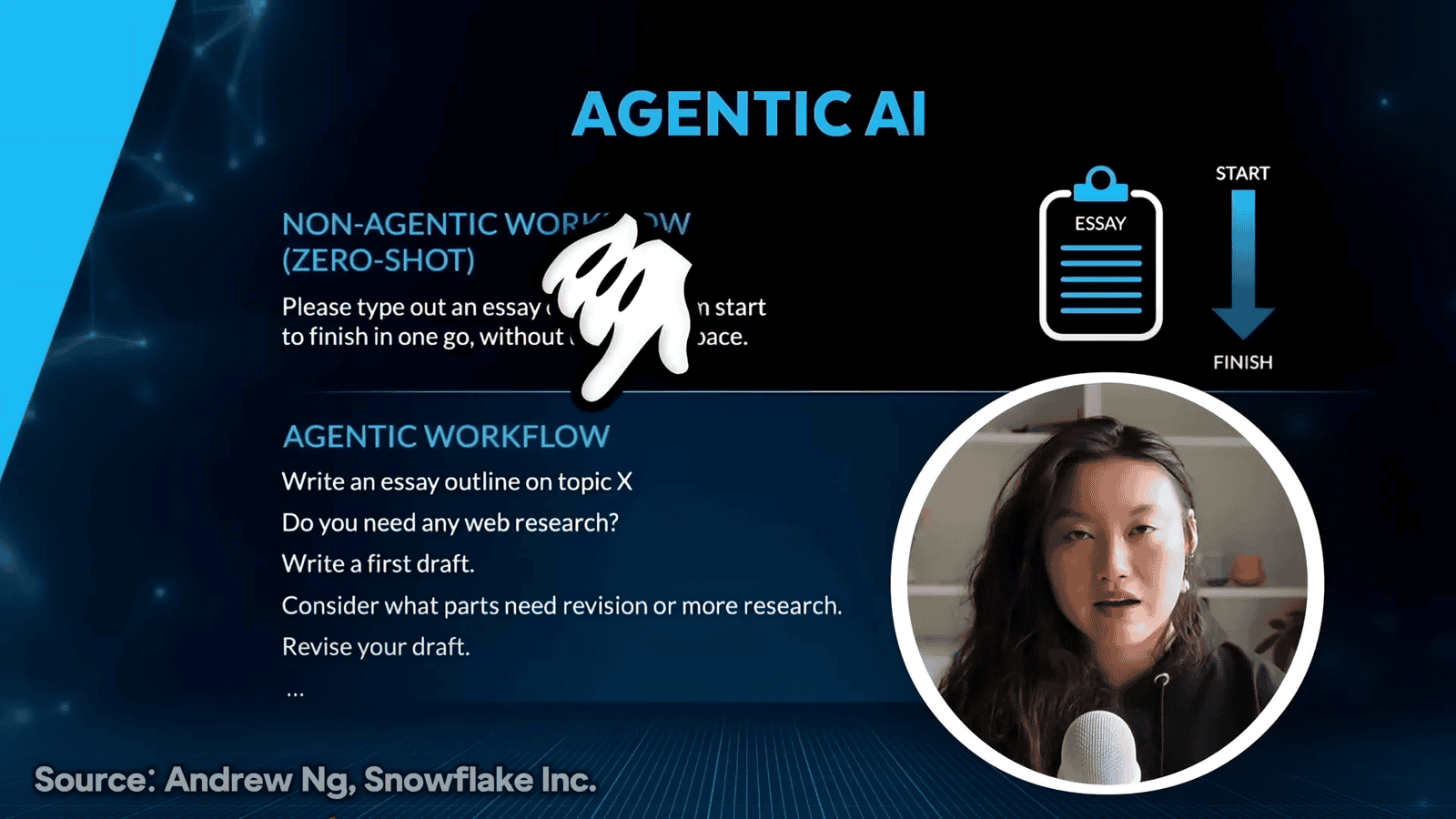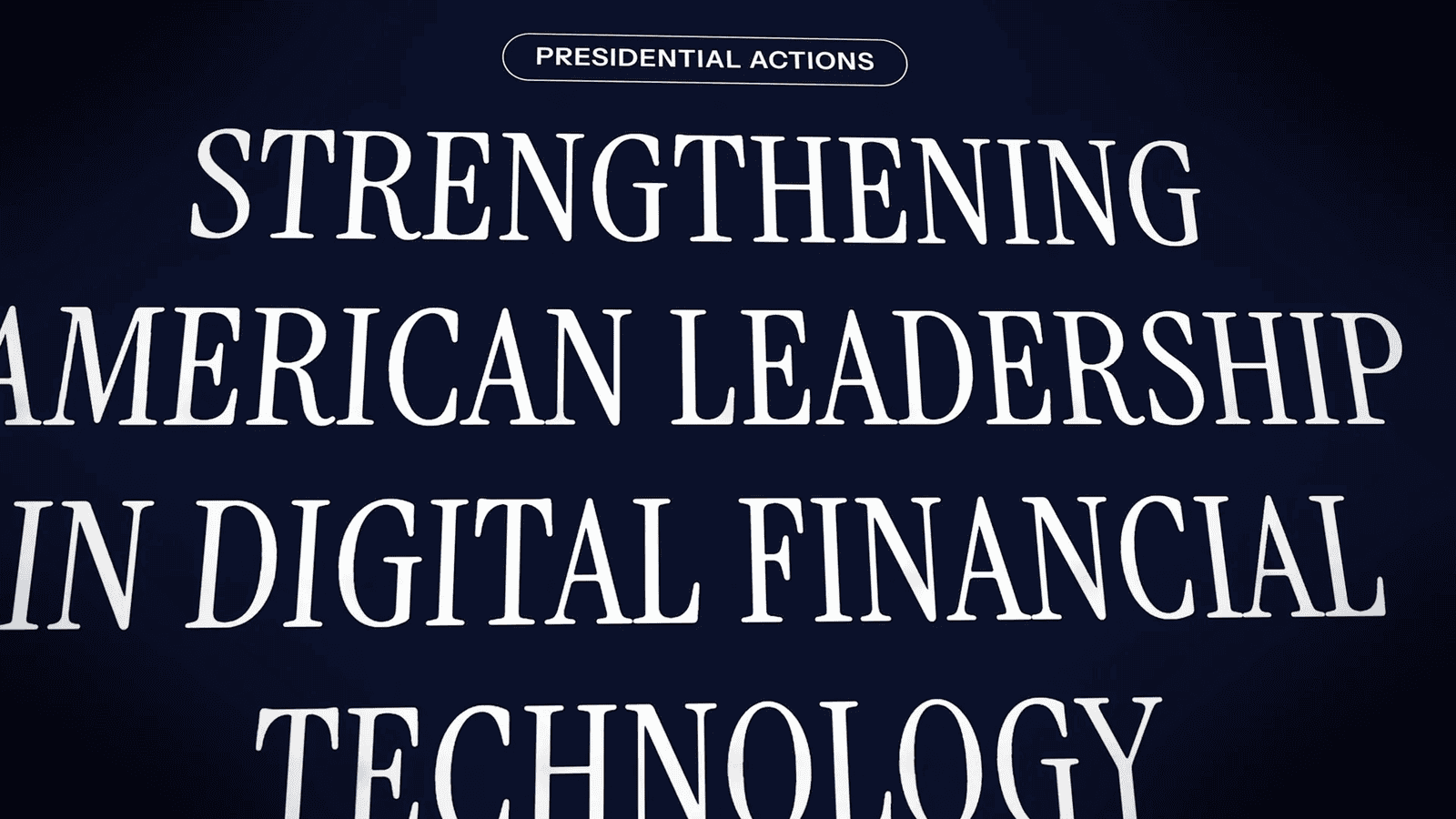Ethereum co-founder and Polkadot creator Gavin Wood discusses the advancements of the Polkadot protocol, particularly the upcoming JAM Chain. We explore the current state of decentralized finance, the saturation of Layer 1 blockchains, and what the future holds for the blockchain ecosystem.
Table of Contents
- Cold Open
- Introduction to Gavin Wood
- Gavin Wood’s Current Projects
- Developments of the JAM Protocol
- Understanding Layer 1 Saturation
- The Stickiness of Crypto Communities
- The Future of DeFi and Regulation
- Staying Current in the Crypto Industry
- Gavin’s Relationship with Music
- Gavin’s Relationship with Vitalik Buterin
- Conclusion and Reflections
- Frequently Asked Questions
In the ever-evolving landscape of blockchain technology, the quest for innovation is relentless. With numerous projects vying for attention, it’s crucial to understand the visionaries behind these advancements. Gavin Wood, a prominent figure in the blockchain space, exemplifies this drive. His work is not just about creating new technologies but about building a future that holds genuine value and utility. Let’s delve into Gavin’s journey, his current projects, and the exciting potential of the JAM protocol within the Polkadot ecosystem.
Introduction to Gavin Wood
Gavin Wood is not just a name in the blockchain community—he’s a pioneer. As a co-founder of Ethereum, he played a vital role in shaping the smart contract landscape. His vision extended beyond Ethereum, leading to the creation of Polkadot, a multi-chain framework designed to enable different blockchains to communicate and share information seamlessly.
Gavin’s approach has always been rooted in a desire to build something sustainable. He recognizes that true innovation requires a long-term perspective, one that looks beyond the immediate hype and focuses on creating lasting value. This ethos is evident in his current endeavors, which aim to address some of the significant challenges facing the blockchain industry today.
Gavin Wood’s Current Projects
At the forefront of Gavin’s current work is the development of the JAM protocol. This next iteration of the Polkadot framework is designed to enhance the capabilities of the existing architecture while integrating new concepts from other successful blockchain models. Gavin dedicates most of his time to refining this protocol, ensuring that it meets the diverse needs of users within the ecosystem.
In addition to the JAM protocol, Gavin is also contemplating the broader implications of civil resistance within the Web3 space. The challenges posed by centralization and governance in decentralized systems are complex, and Gavin’s insights into these issues are shaping the way forward for many projects. His dual focus on protocol development and systemic challenges reflects a comprehensive understanding of the blockchain landscape.
Developments of the JAM Protocol
The JAM protocol represents a significant evolution in the Polkadot ecosystem. It combines elements from both Polkadot and Ethereum, creating a hybrid protocol that leverages the strengths of both systems. Unlike Ethereum, primarily a smart contract platform, JAM is designed to secure other blockchains while offering a more flexible environment for developers.
One of the key innovations of JAM is its ability to host various services beyond traditional blockchain functionalities. This flexibility positions JAM as a potential layer 1.5 solution, acting as a bridge between Ethereum-style smart contracts and Polkadot’s parachains. This unique capability allows developers to create applications that can benefit from the security and interoperability that Polkadot provides.
As of now, the JAM protocol is in its early stages, with the gray paper currently at version 0.3.5. Gavin aims to have it ready for launch by mid-2024, drawing parallels to the timeline established during Ethereum’s early development. However, he acknowledges the unpredictability of software development, emphasizing that timelines can shift due to unforeseen challenges.
The overarching goal of the JAM protocol is to streamline the process of building decentralized applications while maintaining the robust security features that Polkadot is known for. By integrating advanced cryptoeconomic mechanisms, JAM aims to provide a more generalized environment that fosters innovation while addressing the scalability and interoperability concerns that plague many blockchain projects.

In summary, Gavin Wood’s work on the JAM protocol embodies a commitment to advancing the blockchain ecosystem. His vision for a more interconnected and secure framework is not just about technical achievements; it’s about creating a foundation for future innovation that can withstand the test of time. As developments continue, the impact of these innovations will undoubtedly shape the future of decentralized technologies.
Understanding Layer 1 Saturation
The blockchain landscape is crowded with numerous Layer 1 solutions, each vying for developer attention and user adoption. This saturation raises an important question: are there too many Layer 1s? The answer is complex, as each blockchain brings unique features and communities. However, the sheer number of options can lead to “negative utility,” where developers and users find themselves overwhelmed by choices.
Ethereum, being the first, set a high bar with its robust ecosystem. New entrants like Solana and Tron offer enticing alternatives with their own strengths—Solana is known for its speed and low fees, while Tron appeals to those looking for cost-effective solutions. As developers flock to these platforms, the critical resource becomes the talent capable of creating innovative applications.
In this environment, the challenge is not just about which blockchain is superior but rather how many are necessary for a thriving ecosystem. Looking back at other technology sectors, we see similar patterns. For instance, how many photo-sharing apps does one really need? The market tends to consolidate around a few successful players, and the same could happen in the blockchain space.
The Stickiness of Crypto Communities
Communities within the blockchain ecosystem can be incredibly sticky, often resembling tribal affiliations. Developers on platforms like Solana show fierce loyalty, rallying around their chosen technologies. However, this stickiness can sometimes be superficial. While passionate advocates exist, the true value lies in those who innovate and build on these platforms.
Ethereum’s community, for instance, attracts individuals who are there for the technology and its potential rather than mere loyalty. This distinction is crucial; the most valuable community members are those who contribute to the ecosystem’s growth and are not merely flag-wavers. If a better Layer 1 emerges, developers are likely to migrate if the value proposition is compelling enough.
Ultimately, the future of these communities depends on their ability to foster innovation and provide tangible benefits to users. As developers seek out environments that allow them to create and experiment, the stronger ecosystems will thrive, while others may falter under the weight of their own hype.
The Future of DeFi and Regulation
Decentralized finance (DeFi) is at a crossroads. As it continues to grow, the need for regulation becomes increasingly apparent. The challenge lies in maintaining the decentralized ethos while ensuring compliance with legal frameworks. The future of DeFi may hinge on its ability to remain resilient against regulatory pressures.
For DeFi to flourish, it must truly embody decentralization. This means creating systems that are not easily shut down or controlled by a few individuals. Bitcoin serves as a prime example of resilience; its decentralized nature has allowed it to withstand regulatory scrutiny. If DeFi can replicate this resilience, it may avoid being smothered by regulations.

However, this is no small feat. Many current DeFi protocols operate with centralized governance structures, which could make them targets for regulatory bodies. As regulators become more savvy, they will likely focus on those in control of networks that don’t adhere to compliance measures. The need for transparency and accountability in governance will only increase in importance.
Staying Current in the Crypto Industry
To thrive in the fast-paced world of cryptocurrency, one must stay informed. The landscape changes rapidly, and keeping abreast of developments is crucial. Engaging with multiple sources of information is essential to gain a comprehensive understanding of the market.
Gavin Wood emphasizes the importance of continuous learning. Whether through reading industry news, participating in forums, or networking with other professionals, staying current is non-negotiable. The blockchain community is dynamic, and those who wish to lead must adapt and evolve alongside it.

Moreover, personal interests can also play a role in this journey. Gavin’s passion for music and technology showcases the blend of creativity and innovation that defines the blockchain space. Engaging in diverse activities can foster new ideas and perspectives that ultimately benefit one’s work in the crypto realm.
Gavin’s Relationship with Music
Gavin Wood’s connection to music is deeply rooted in his past and continues to influence his life today. While he may not be a performer in the traditional sense, his passion for music composition began in his teenage years. He fondly recalls creating music on his Amiga 500 using soundtracker software, showcasing his early enthusiasm for the craft.
In recent years, Gavin has embraced modern music production tools that have significantly evolved. This advancement allows him to explore his creativity in ways he couldn’t have imagined before. His spare time is often dedicated to composing, reflecting his enduring love for music, even if it’s not through live performance.
Despite his busy schedule, Gavin makes a point to stay connected with the music world. He believes that engaging with various forms of art enriches his perspective, which ultimately benefits his work in technology. Music, for Gavin, isn’t just a hobby; it’s a vital part of his creative process and a source of inspiration.
Gavin’s Relationship with Vitalik Buterin
The relationship between Gavin Wood and Vitalik Buterin has always been pivotal in the blockchain community. As co-founders of Ethereum, they formed a formidable partnership that laid the groundwork for decentralized applications. However, as their paths diverged, questions arose about their current dynamic.
Today, both Gavin and Vitalik are focused on their respective projects—Polkadot and Ethereum. While some may perceive a competitive tension, Gavin emphasizes that there is no bad blood between them. They continue to respect each other’s work and often learn from each other’s public engagements.

Gavin notes that their interactions are primarily through publications and conferences, where they share insights and advancements in their ecosystems. This professional relationship is built on mutual curiosity rather than rivalry. They both aim to create technologies that are valuable to the world, fostering a sense of camaraderie amidst their different focuses.
Ultimately, Gavin’s vision for Polkadot is not to compete with Ethereum but to create a complementary ecosystem. He believes in the potential for both platforms to thrive and serve distinct purposes within the blockchain landscape. This collaborative mindset is crucial for the growth of the entire industry.
Conclusion and Reflections
Gavin Wood’s journey through the blockchain space is marked by a blend of innovation, creativity, and collaboration. His work on Polkadot and the JAM protocol illustrates his commitment to building a more interconnected and resilient ecosystem. Gavin’s ability to navigate the complexities of the blockchain landscape while maintaining a focus on creativity is truly inspiring.
Reflecting on his passions outside of technology, particularly music, Gavin illustrates how diverse interests can fuel innovation. His relationship with Vitalik Buterin serves as a reminder that growth in the blockchain community can come from mutual respect and collaboration, rather than competition.
As we look ahead, the future of Polkadot and the broader blockchain ecosystem appears promising. With visionaries like Gavin at the helm, the potential for groundbreaking advancements remains high. The journey is ongoing, and the lessons learned along the way will shape the future of decentralized technologies.
Frequently Asked Questions
- What is Polkadot?Polkadot is a multi-chain framework that enables different blockchains to communicate and share information seamlessly. It aims to enhance interoperability within the blockchain ecosystem.
- How does the JAM protocol fit into the Polkadot ecosystem?The JAM protocol is designed to enhance the capabilities of Polkadot by integrating advanced features that facilitate the development of decentralized applications while ensuring security and scalability.
- What is Gavin Wood’s background in music?Gavin has a deep-rooted passion for music, which began in his teenage years. He enjoys composing music and has embraced modern production tools to explore his creativity.
- What is the relationship between Gavin Wood and Vitalik Buterin?Gavin and Vitalik maintain a respectful relationship, focusing on their respective projects. They often learn from each other’s work and share a mutual curiosity about the future of blockchain technology.
- What is the future of decentralized finance (DeFi)?The future of DeFi hinges on its ability to remain resilient against regulatory pressures while truly embodying decentralization. Innovations in governance and compliance will play a significant role in its evolution.
This blog post is inspired by the video Gavin Wood on DeFi, Music and the Future of Blockchain | CoinDesk Spotlight. All credit for the video content goes to the original creator. Be sure to check out their channel for more amazing content!










